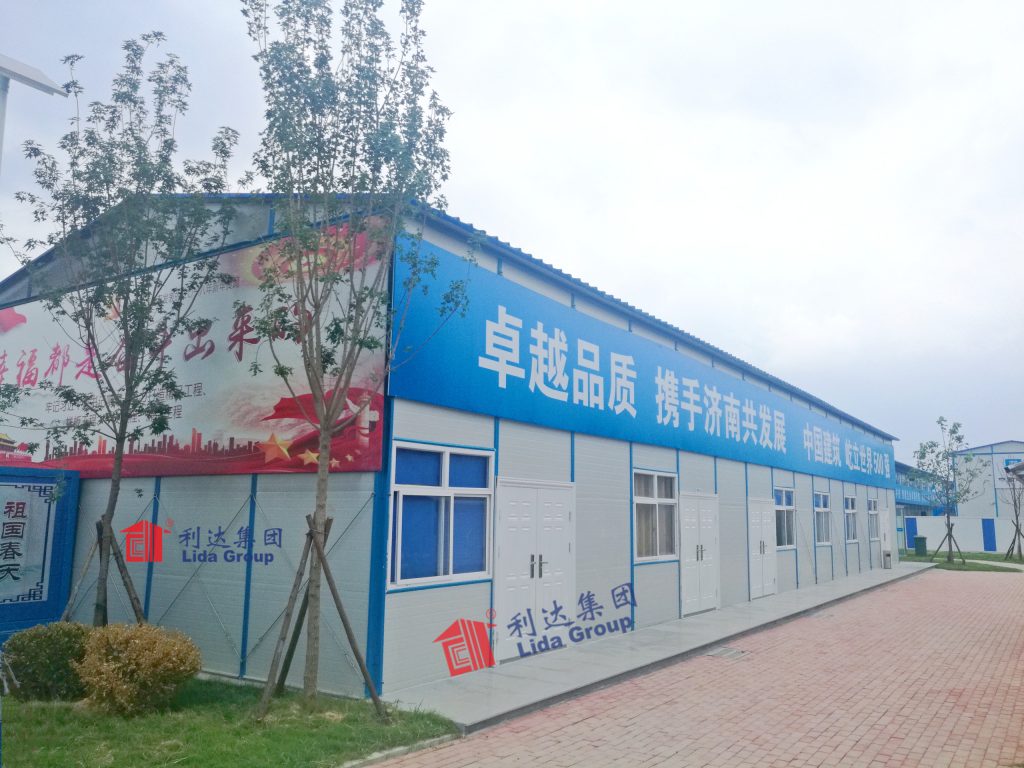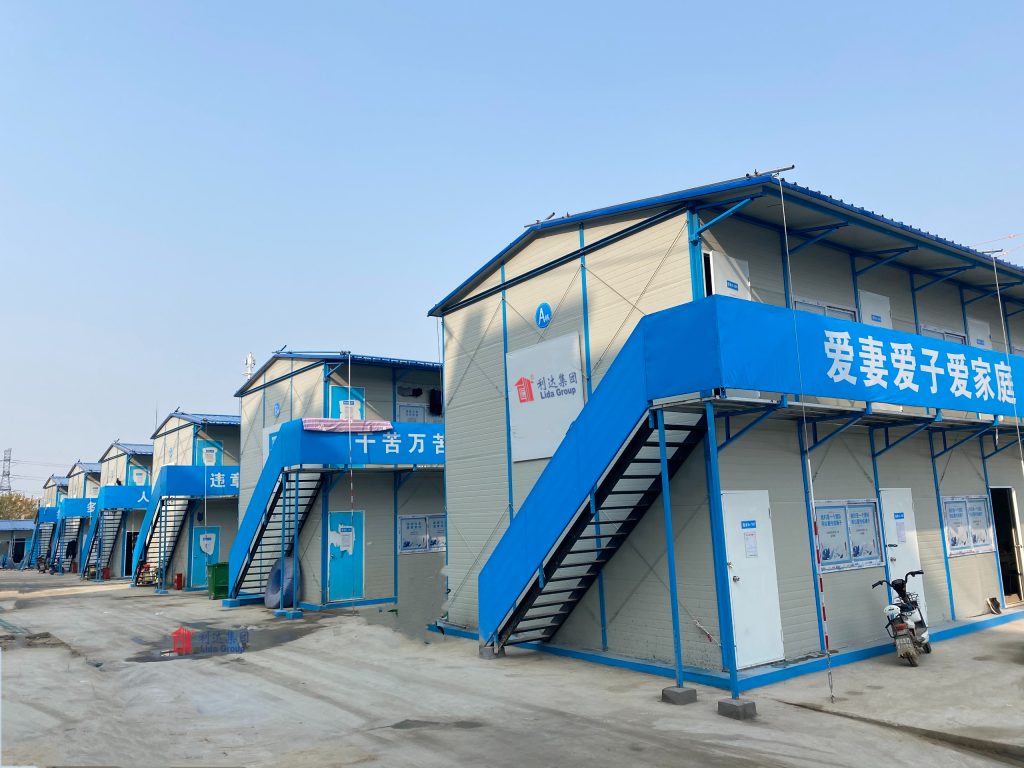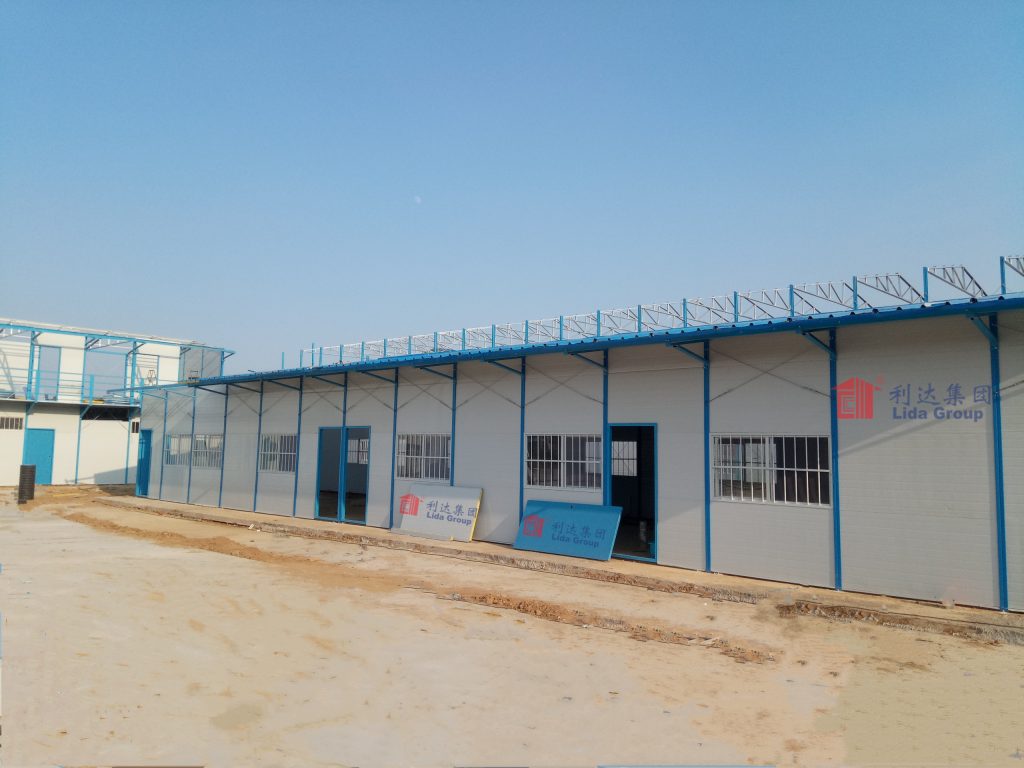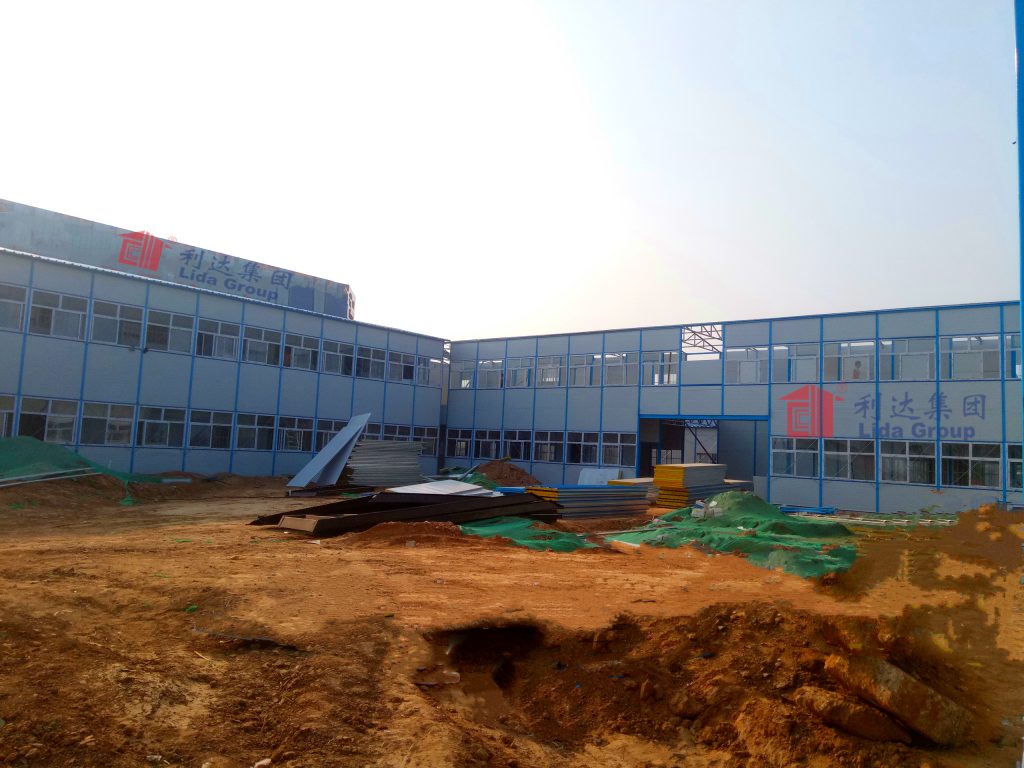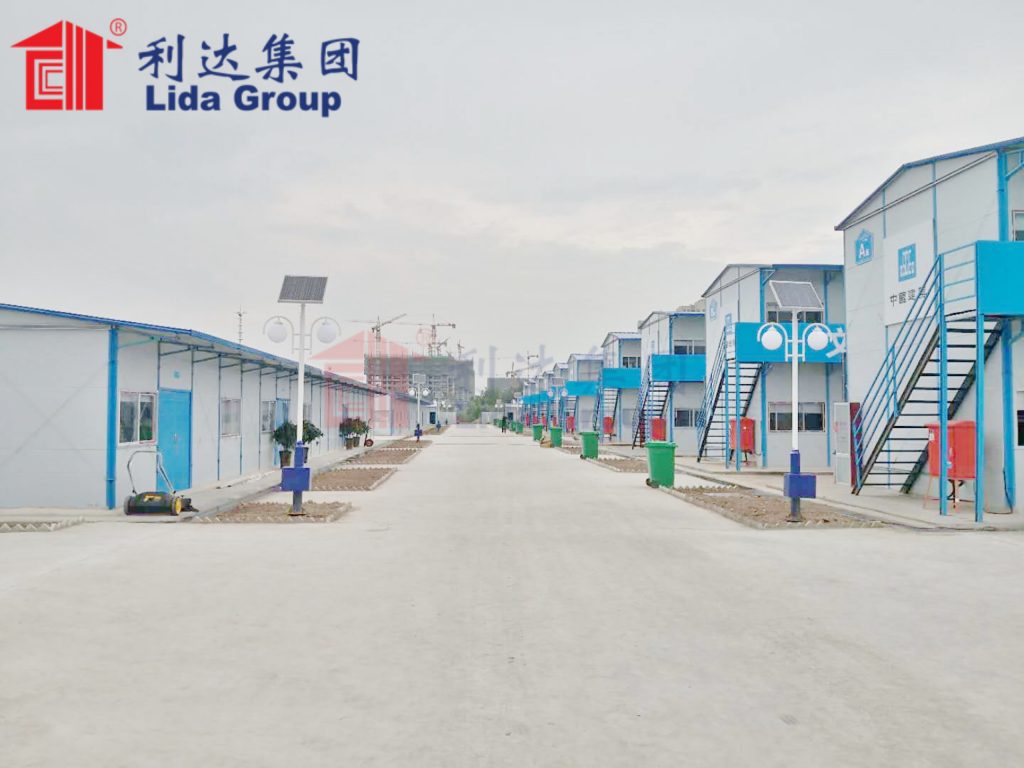Introduction to Lida Group‘s Moveable Accommodations
In the ever-evolving landscape of housing, innovation is key to meeting the diverse needs of modern society. One company that stands at the forefront of this revolution is Lida Group, a pioneer in the development of moveable accommodations featuring advanced sandwich panel house designs. Established with a vision to transform traditional living spaces into more flexible and efficient structures, Lida Group has become synonymous with cutting-edge solutions in the housing industry.
The concept of moveable accommodations represents a significant departure from conventional construction methods. These innovative structures are designed to be assembled and disassembled quickly, offering unparalleled flexibility and mobility. This feature makes them ideal for various applications, including temporary housing, emergency shelters, and even permanent residences in remote or challenging environments. By leveraging state-of-the-art materials and engineering techniques, Lida Group has created homes that not only meet the functional requirements but also elevate the standards of comfort and aesthetics.
Central to Lida Group’s success is their commitment to sustainability and efficiency. The company integrates eco-friendly practices throughout its manufacturing process, ensuring minimal environmental impact while maximizing energy efficiency. Their moveable accommodations are built using high-quality sandwich panels, which combine durability with lightweight properties. This unique blend of strength and portability sets these structures apart, making them an attractive option for both developers and end-users seeking sustainable and versatile housing solutions.
As we delve deeper into the features and benefits of Lida Group’s moveable accommodations, it becomes clear why they are gaining traction across various sectors. From rapid deployment in disaster-stricken areas to providing comfortable living spaces for workers in industrial zones, these structures showcase the potential to redefine how we approach housing in the future. With continued advancements in design and technology, Lida Group is poised to play a pivotal role in shaping the next generation of living environments.
Features and Advantages of Sandwich Panel House Designs
Sandwich panel house designs represent a remarkable advancement in modular construction technology, offering numerous advantages that make them highly appealing for various applications. At the core of these innovative structures lies the use of sandwich panels, which are composite materials consisting of two thin layers of metal sheets bonded to a thick insulating core. This sophisticated composition results in buildings that are not only robust but also remarkably lightweight and easy to transport.
One of the standout features of sandwich panels is their superior insulation properties. The insulating core, typically made from materials like polyurethane foam or mineral wool, provides exceptional thermal resistance, effectively reducing heating and cooling costs. This translates to increased energy efficiency, making sandwich panel houses environmentally friendly and economically beneficial. Additionally, the panels’ insulative capabilities contribute to a more comfortable indoor climate, maintaining optimal temperatures regardless of external weather conditions.
Another critical advantage of sandwich panel house designs is their quick assembly and disassembly process. Thanks to their modular nature, these structures can be erected swiftly, often within days or even hours, depending on the size and complexity of the project. This speed is particularly advantageous in scenarios requiring immediate shelter, such as emergency relief operations or temporary housing for large events. Furthermore, the ease of disassembly allows these units to be relocated with minimal effort, providing unparalleled flexibility in terms of placement and reuse.
Durability is another hallmark of sandwich panel houses. The outer metal layers protect against harsh weather elements, corrosion, and physical damage, ensuring longevity and minimal maintenance requirements. Moreover, the structural integrity of these panels enables them to withstand significant loads and pressures, making them suitable for a wide range of climates and terrains. This resilience extends the lifespan of the buildings, further enhancing their cost-effectiveness over time.
Safety and security are paramount considerations in any housing solution, and sandwich panel houses excel in this regard. The robust construction of the panels offers excellent fire resistance, meeting stringent safety standards and providing peace of mind to occupants. Additionally, the integrated locking mechanisms and secure fastenings ensure that the structures remain stable and secure, safeguarding against unauthorized access and potential hazards.
Environmental sustainability is a cornerstone of Lida Group’s philosophy, and this is reflected in the eco-friendly attributes of their sandwich panel houses. The production process utilizes recycled materials where possible, minimizing waste and reducing the carbon footprint. Moreover, the modular design facilitates easy recycling and repurposing of components, contributing to a circular economy. This holistic approach to sustainability aligns with global efforts to combat climate change and promote responsible resource management.
Lastly, the aesthetic appeal of sandwich panel houses should not be overlooked. Modern design principles are seamlessly incorporated into the construction, allowing for customizable exteriors and interiors that cater to diverse tastes and preferences. Whether the goal is to create a sleek, contemporary look or a cozy, homely ambiance, these adaptable structures can be tailored to suit any desired style. This versatility ensures that sandwich panel houses are not just functional but also visually pleasing, adding value to any environment.
In summary, the features and advantages of sandwich panel house designs by Lida Group offer a compelling case for their widespread adoption. From superior insulation and rapid assembly to durability, safety, and sustainability, these innovative structures embody the future of housing. As demand for flexible, efficient, and eco-conscious living solutions continues to grow, the role of sandwich panel houses in fulfilling these needs will undoubtedly expand, heralding a new era in residential architecture.
Applications of Moveable Accommodations
Moveable accommodations featuring advanced sandwich panel house designs have found a multitude of applications across various sectors, showcasing their versatility and adaptability. One prominent area where these structures excel is in temporary housing. Whether responding to natural disasters, humanitarian crises, or urban development projects, moveable accommodations provide swift and reliable shelter solutions. These homes can be rapidly deployed to disaster-stricken regions, offering displaced individuals safe and comfortable living spaces until more permanent arrangements are available. The quick assembly and disassembly capabilities of these units allow for timely relocation, ensuring that resources are efficiently utilized where they are most needed.
Another significant application is in the realm of emergency shelters. In situations where immediate protection is required, such as during sudden calamities or military operations, the portability and robustness of sandwich panel houses prove invaluable. These structures can be set up in remote or difficult-to-reach locations, providing essential refuge and support services. The ability to configure these units into larger complexes also enables the establishment of comprehensive emergency response facilities, equipped with medical stations, command centers, and communal areas.
Industrial applications form yet another crucial sector where moveable accommodations shine. Construction sites, mining operations, and oil fields often require temporary housing for workers. Sandwich panel houses serve as ideal solutions, offering durable and comfortable living quarters that can be easily transported to different project sites. These accommodations can also be customized to include amenities like kitchens, bathrooms, and recreational areas, enhancing the quality of life for employees stationed in remote or challenging environments. Moreover, the energy-efficient nature of these structures helps reduce operational costs, benefiting both employers and workers.
Temporary offices are another area where the benefits of moveable accommodations are fully realized. Businesses and organizations frequently need short-term office spaces for special projects, conferences, or off-site meetings. Sandwich panel houses provide a practical alternative to traditional brick-and-mortar buildings, offering flexible configurations that can be tailored to specific needs. These mobile offices can be equipped with all necessary utilities and technological infrastructure, ensuring seamless functionality and productivity. The ease of setup and teardown also means that businesses can maintain operational agility without being tied down by long-term commitments.
Event venues represent another dynamic application for moveable accommodations. Festivals, trade shows, and sporting events often require temporary structures to accommodate attendees, vendors, and staff. Sandwich panel houses can be transformed into booths, ticketing areas, dining facilities, and restrooms, among other uses. Their modular design allows for scalability, enabling organizers to adjust the layout based on event size and requirements. Additionally, the aesthetic customization options ensure that these structures harmonize with the overall theme and ambiance of the event, creating a cohesive and engaging experience for participants.
Remote workstations are increasingly becoming relevant in today’s digital age, especially with the rise of telecommuting and decentralized teams. Sandwich panel houses offer an ideal solution for setting up remote workspaces, whether in rural areas, suburban neighborhoods, or even international locations. These units can be outfitted with high-speed internet connectivity, ergonomic furniture, and soundproofing to create productive and distraction-free environments. The ability to deploy these workstations quickly and efficiently supports the growing trend of flexible work arrangements, empowering organizations to tap into a broader talent pool.
In conclusion, the applications of moveable accommodations extend far beyond mere temporary housing. From emergency shelters and industrial setups to temporary offices, event venues, and remote workstations, these innovative structures provide versatile and efficient solutions across multiple industries. Their adaptability, combined with advanced features like superior insulation, rapid assembly, and eco-friendliness, positions sandwich panel houses as indispensable assets in addressing the evolving needs of modern society. As technology continues to advance, the potential uses for these structures will only expand, driving forward the transformation of traditional living and working spaces.
Manufacturing Process and Quality Control
The manufacturing process of Lida Group’s moveable accommodations involves a meticulous sequence of steps designed to ensure the highest standards of quality and performance. Each phase of production is carefully managed, integrating advanced technology and rigorous quality control measures to produce top-tier sandwich panel houses.
It all begins with the selection of raw materials. High-quality metals, chosen for their durability and resistance to corrosion, are paired with advanced insulating cores such as polyurethane foam or mineral wool. These materials undergo thorough inspection to verify compliance with specified standards before entering the production line. Precision is paramount, and every component must meet exacting criteria to guarantee the structural integrity and longevity of the final product.
Next comes the fabrication of the sandwich panels. Automated machinery cuts and shapes the metal sheets into precise dimensions, ensuring uniformity across all units. Simultaneously, the insulating cores are prepared and then bonded between the metal layers using specialized adhesives and high-pressure processes. This step is critical for achieving the superior thermal insulation properties that define these structures. Throughout this stage, continuous monitoring systems track material thickness, bonding strength, and overall dimensional accuracy, ensuring consistent quality.
Once the sandwich panels are fabricated, they are transported to the assembly area. Here, skilled technicians piece together the components according to detailed blueprints, utilizing precision tools and fixtures to align each element perfectly. Modular connectors and fasteners are used to join the panels securely, creating a robust framework that can withstand various environmental stresses. During assembly, quality control inspectors conduct frequent checks to confirm that all parts fit correctly and that there are no defects or misalignments.
Following assembly, the completed structures undergo a series of tests to validate their performance under real-world conditions. These tests include assessments of thermal resistance, wind load capacity, and water tightness. Advanced simulation software models different scenarios to predict how the structures will behave in extreme weather conditions, ensuring they meet or exceed safety and efficiency benchmarks. Any discrepancies identified during testing prompt immediate corrective actions, reflecting Lida Group’s commitment to delivering flawless products.
Quality control does not stop once the structures are assembled; it continues through the entire lifecycle of the product. Post-production inspections involve checking for any signs of wear or degradation, ensuring that the materials and finishes remain in pristine condition. Regular maintenance schedules are established to monitor the ongoing performance of the structures, and feedback loops are implemented to incorporate improvements based on user experiences and technological advancements.
Furthermore, Lida Group employs a comprehensive documentation system to track every aspect of the manufacturing process. Detailed records are kept for each unit produced, covering everything from raw material sourcing to final delivery. This traceability ensures accountability and transparency, allowing for swift identification and resolution of any issues that may arise. The data collected also serves as valuable input for continuous improvement initiatives, driving innovation and enhancing product reliability.
In essence, the manufacturing process and quality control measures at Lida Group exemplify a dedication to excellence. By combining cutting-edge technology with stringent oversight, the company ensures that every moveable accommodation leaving their facilities meets the highest standards of quality and performance. This unwavering focus on craftsmanship and reliability not only elevates the status of their products but also instills confidence in customers who rely on these structures for their diverse needs.
Technological Innovations and Future Prospects
Technological advancements continue to drive the evolution of moveable accommodations, pushing the boundaries of what is possible in the realm of housing. Among the emerging trends, smart home integration stands out as a transformative force. By incorporating Internet of Things (IoT) devices, these structures can now offer enhanced automation and connectivity. Smart thermostats, lighting systems, and security cameras can be seamlessly integrated into the fabric of the building, allowing residents to control their environment with unprecedented ease. Voice-activated assistants and mobile apps further enhance convenience, enabling users to manage everything from temperature settings to door locks remotely.
Energy efficiency is another area witnessing significant progress. Advances in photovoltaic technology have led to the development of solar panels that can be integrated directly into the sandwich panels. These panels harness sunlight to generate electricity, significantly reducing reliance on traditional power sources and lowering utility bills. Additionally, innovations in battery storage solutions enable surplus energy to be stored for later use, ensuring a steady supply even during periods of low sunlight. Such enhancements not only contribute to environmental sustainability but also increase the self-sufficiency of these homes.
Material science plays a crucial role in advancing the durability and performance of sandwich panel houses. Researchers are continually exploring new composites that offer improved resistance to moisture, fire, and pests. For instance, graphene-infused materials are being investigated for their exceptional strength-to-weight ratio and superior thermal conductivity. Incorporating such materials into the sandwich panels could result in even lighter yet stronger structures, capable of enduring harsher conditions without compromising on comfort or safety.
Automation in manufacturing is another key area of development. Robotic systems and artificial intelligence are increasingly being employed to streamline the production process, enhancing precision and reducing human error. Automated cutting machines and robotic arms can perform complex tasks with greater consistency and speed, leading to higher output and reduced costs. This efficiency translates into more affordable housing solutions, making moveable accommodations accessible to a broader audience.
Looking ahead, the future prospects for moveable accommodations appear promising. As cities grow denser and land availability becomes scarcer, the demand for flexible and space-efficient housing solutions is likely to surge. Modular designs offer a viable alternative to traditional construction methods, allowing for quicker deployment and easier adaptation to changing needs. Moreover, the integration of renewable energy sources and smart technologies positions these structures as leaders in sustainable living, aligning with global efforts to combat climate change.
Innovative financing models and government incentives are also expected to play a pivotal role in accelerating the adoption of moveable accommodations. Programs that encourage investment in green infrastructure and offer tax breaks for sustainable housing initiatives can stimulate market growth. Collaborations between private enterprises and public institutions could lead to the development of pilot projects aimed at demonstrating the viability and benefits of these structures on a larger scale.
Ultimately, the convergence of technological advancements, sustainable practices, and economic incentives paints a bright future for moveable accommodations. As these innovations continue to mature, they hold the potential to reshape the way we think about housing, offering more resilient, adaptable, and eco-friendly living environments for generations to come.
Conclusion
In summary, Lida Group’s moveable accommodations featuring advanced sandwich panel house designs represent a groundbreaking advancement in the field of housing. The combination of superior insulation, rapid assembly, durability, safety, and eco-friendliness makes these structures a compelling solution for various applications, ranging from temporary housing and emergency shelters to industrial setups and remote workstations. The versatility and adaptability of these units address the evolving needs of modern society, offering a flexible and efficient alternative to traditional construction methods.
The future of housing looks increasingly promising with the continued integration of smart home technologies, energy-efficient systems, and innovative materials. These advancements not only enhance the functionality and comfort of moveable accommodations but also contribute to environmental sustainability, aligning with global efforts to combat climate change. The potential for these structures to provide cost-effective and sustainable living solutions is immense, making them an integral part of the next generation of housing developments.
By embracing these cutting-edge technologies and sustainable practices, Lida Group is well-positioned to lead the charge in transforming traditional living spaces into more flexible, efficient, and environmentally conscious habitats. As the demand for innovative housing solutions continues to grow, the role of moveable accommodations in meeting these needs will undoubtedly expand, ushering in a new era of architectural possibilities. Through relentless innovation and a steadfast commitment to quality, Lida Group is paving the way towards a future where housing is not only a necessity but a beacon of progress and sustainability.
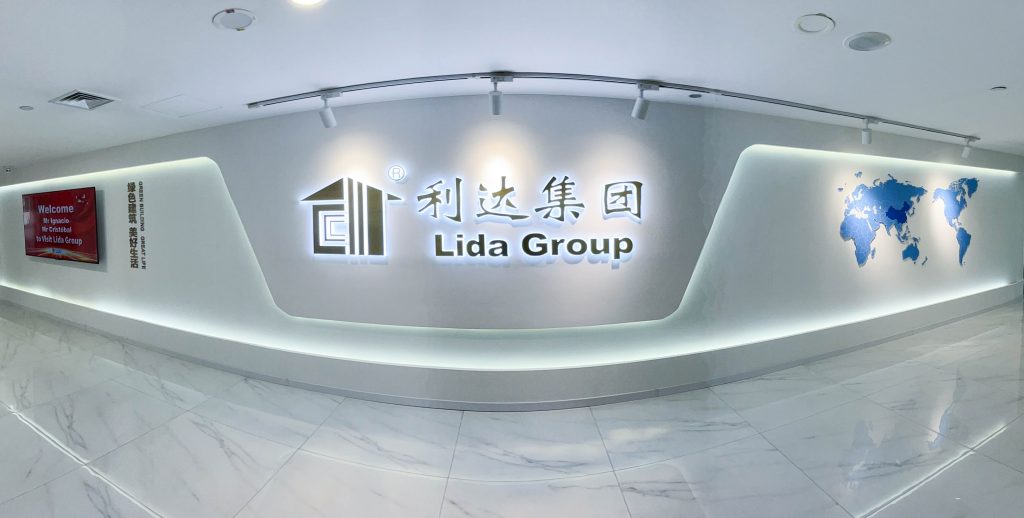
Related news
-
Discover How Lida Group's Sandwich Panel Houses Are Revolutionizing the Concept of Movable Accommodation
2025-02-14 17:02:28
-
Lida Group Leads the Market with Eco-Friendly Prefab Building Options Including Versatile Sandwich Panel Houses
2025-02-14 17:32:20
-
New Prefab Building Technology by Lida Group Enhances Flexibility of Movable Accommodation in Urban Areas
2025-02-14 15:55:24
contact us
- Tel: +86-532-88966982
- Whatsapp: +86-13793209022
- E-mail: sales@lidajituan.com


